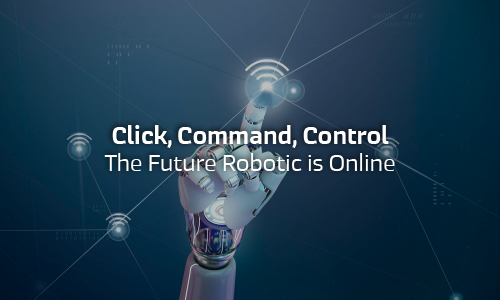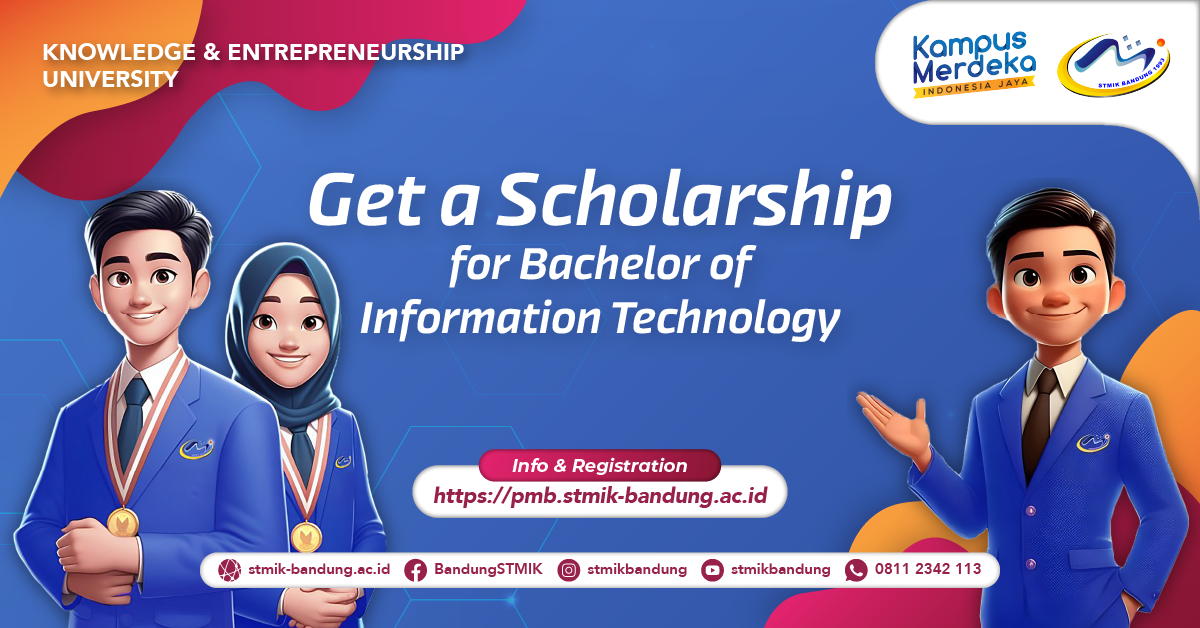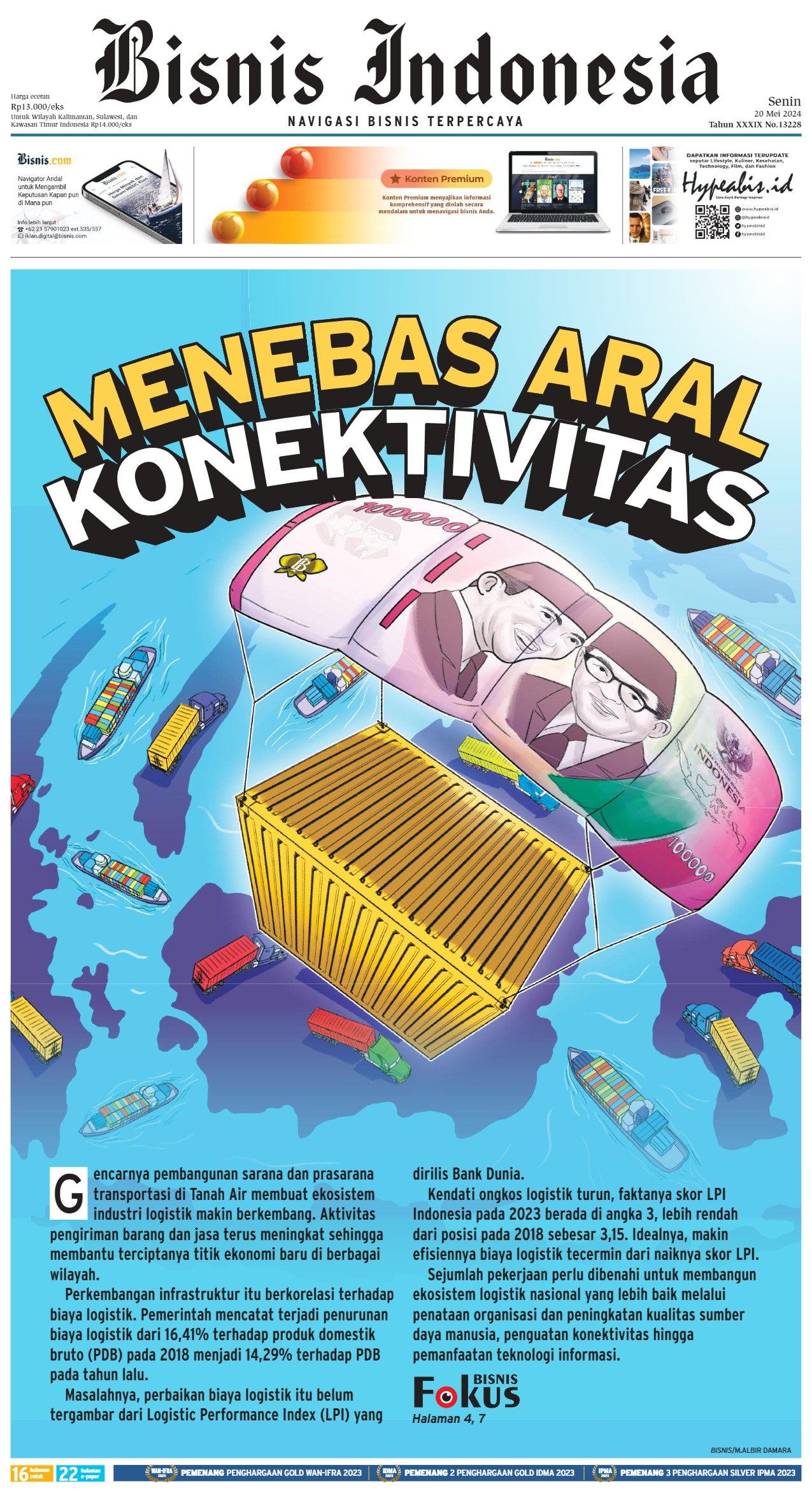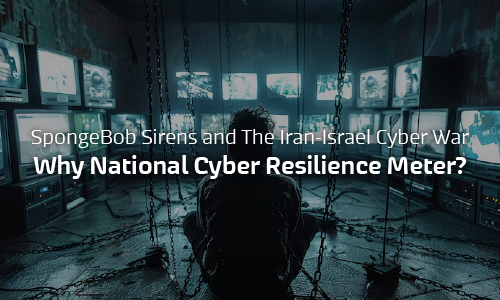
Summary: This article explores the evolution of internet telerobotics systems through three architectural generations, CGI-based, Java-integrated with 3D simulation, and CORBA-enabled distributed control. Internet telerobotics, which allows users to remotely operate robotic manipulators via the web, has emerged as a transformative technology with applications in telemedicine, education, remote manufacturing, and hazardous environment operations. The first generation employed simple web forms and server-side CGI scripts, offering basic functionality but limited responsiveness. The second generation introduced Java and Java 3D, enabling real-time graphical simulation and concurrent processing between clients and servers. Performance testing showed consistent task execution times across various network conditions, validating the robustness of the architecture. The third generation utilized CORBA middleware, enabling distributed and real-time robot control with enhanced scalability and integration potential, including live video feedback. Despite challenges like latency, security, and interoperability, the continued development of internet telerobotics points toward a future where physical systems can be accessed and controlled globally, intelligently, and securely from anywhere in the world.
Introduction: The Rise of Remote Intelligence
Imagine controlling a robot arm across continents, planting seeds, assembling machines, or performing remote surgeries, just from your browser. This is not science fiction; it’s the reality of internet telerobotics. Over the past two decades, the field of internet telerobotics has transformed the way we interact with machines remotely. At the heart of this technology lies a vision: to democratize access to robotics through the internet, making it possible for anyone, anywhere, to operate sophisticated machines in real time. This article explores the evolution of telerobotics architecture through three generations, each representing significant leaps in interface design, responsiveness, simulation, and distributed system capability. From early CGI-based systems to Java-enabled simulations and CORBA-driven distributed frameworks, the journey of internet telerobotics is not just technical, it’s a roadmap of how connectivity reshapes the future of human-machine interaction.
Understanding Internet Telerobotics
Telerobotics, in its essence, is the control and monitoring of robots from a distance. When enhanced with internet connectivity, it evolves into a powerful framework that allows users to access and operate robots from any location with a network connection. Unlike traditional telerobotics that relied on proprietary networks or direct cables, internet telerobotics leverages open…












